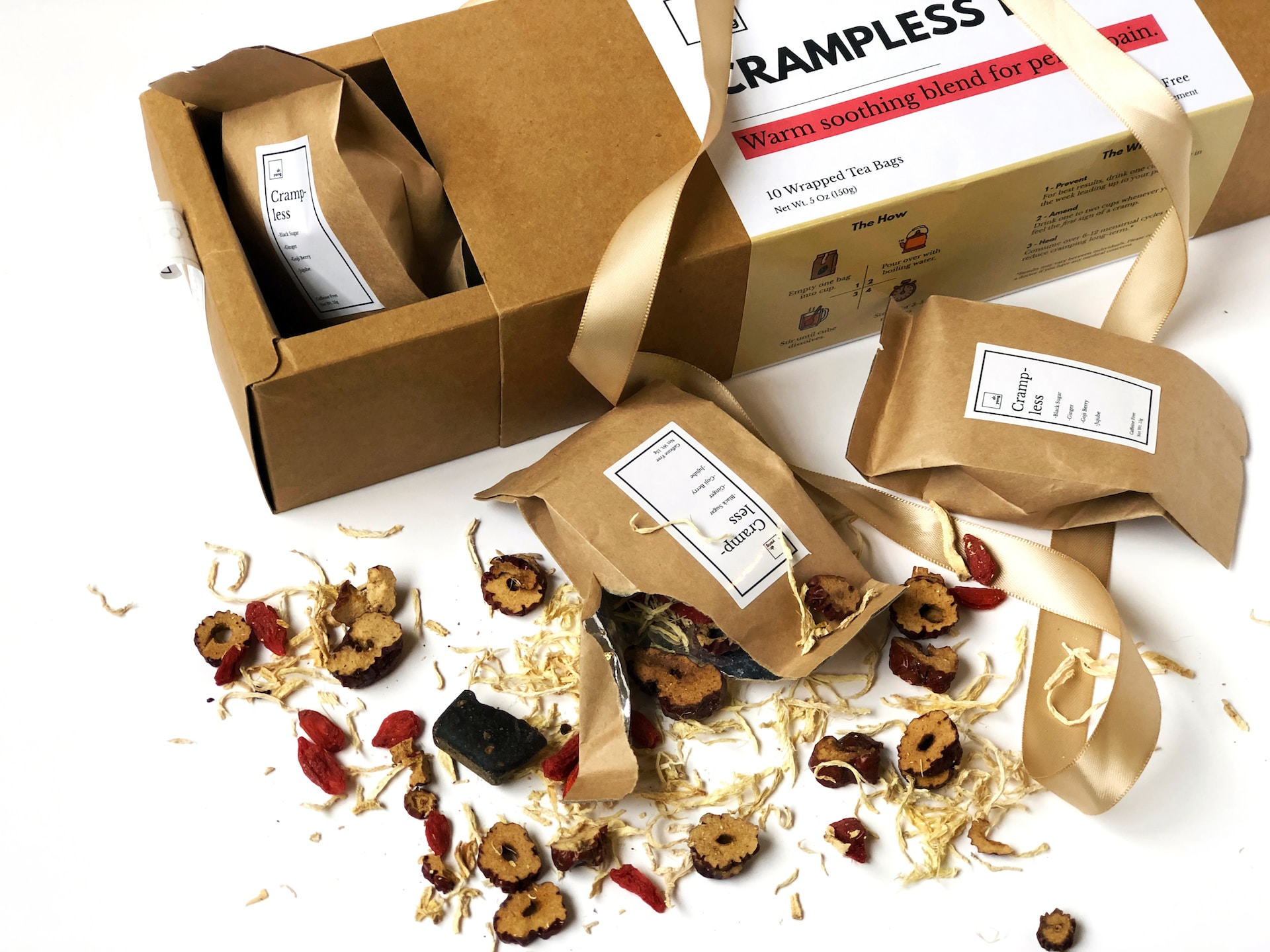- 25 May 2023
- 93
Packaging Pitfalls: Revealing the 5 Most Maddening Things About Food Packaging

Introduction:
Food packaging plays a vital role in preserving the quality, safety, and convenience of our favorite products. However, there are times when the packaging itself becomes a source of frustration for consumers. In this article, we will delve into the five most maddening things about food packaging, highlighting common pitfalls and discussing potential solutions to improve the overall packaging experience.
- Excessive Packaging Waste:
One of the top grievances of environmentally conscious consumers is the excessive amount of packaging waste associated with food products. Overly large boxes, layers of plastic, and unnecessary inserts contribute to the mounting global waste problem. Manufacturers should strive to minimize packaging waste by adopting sustainable practices. This includes using recyclable or compostable materials, reducing the overall amount of packaging used, and exploring innovative packaging solutions such as biodegradable alternatives or refillable containers.
- Challenging Opening Mechanisms:
Have you ever struggled with a tightly sealed jar lid or wrestled with a plastic wrap that seemed impenetrable? Difficult opening mechanisms are a common frustration among consumers. Packaging that requires excessive force or intricate maneuvers can be time-consuming and lead to spills or accidents. Manufacturers should prioritize user-friendly packaging designs that are easy to open without compromising product integrity. Incorporating features like tear strips, pull tabs, or easy-grip lids can make a significant difference in enhancing the overall consumer experience.
- Inadequate Resealing Options:
Many food products come in packaging that is meant to be resealed for future use. However, inadequate resealing options can be a constant source of annoyance. Products with flimsy or poorly designed closures can lead to air exposure, resulting in food spoilage or loss of freshness. Manufacturers should invest in reliable and user-friendly resealing mechanisms such as zip-lock closures or snap-on lids. These features not only extend the shelf life of the product but also provide convenience for consumers who prefer to consume products over multiple sittings.
- Misleading or Incomplete Information:
Clear and accurate labeling is crucial for consumers to make informed choices about the food they purchase. However, misleading or incomplete information on packaging can lead to confusion and frustration. Inaccurate ingredient lists, unclear allergen warnings, or confusing nutritional information can undermine consumer trust. Manufacturers should prioritize transparency and ensure that packaging accurately reflects the contents of the product. Providing comprehensive ingredient lists, allergen information, and clear nutritional facts empowers consumers to make informed decisions aligned with their dietary needs and preferences.
- Unintuitive or Wasteful Design:
Some food packaging designs lack practicality or contribute to unnecessary waste. Bulky or awkwardly shaped packaging can be challenging to store or transport. Additionally, single-use packaging for small items, such as condiments or snacks, can create excessive waste. Manufacturers should consider user convenience and sustainability when designing packaging. Streamlined and space-efficient designs can enhance the overall usability of the product, while reusable or refillable packaging options can help minimize waste.
Conclusion:
While food packaging serves important functions, it can also be a source of frustration for consumers. Excessive packaging waste, challenging opening mechanisms, inadequate resealing options, misleading information, and unintuitive or wasteful design are among the most maddening aspects of food packaging. To address these pitfalls, manufacturers must prioritize sustainable practices, invest in user-friendly designs, provide accurate and transparent labeling, improve resealing options, and consider practicality and convenience in packaging design. By addressing these concerns, the food industry can enhance the overall consumer experience and contribute to a more sustainable future.

